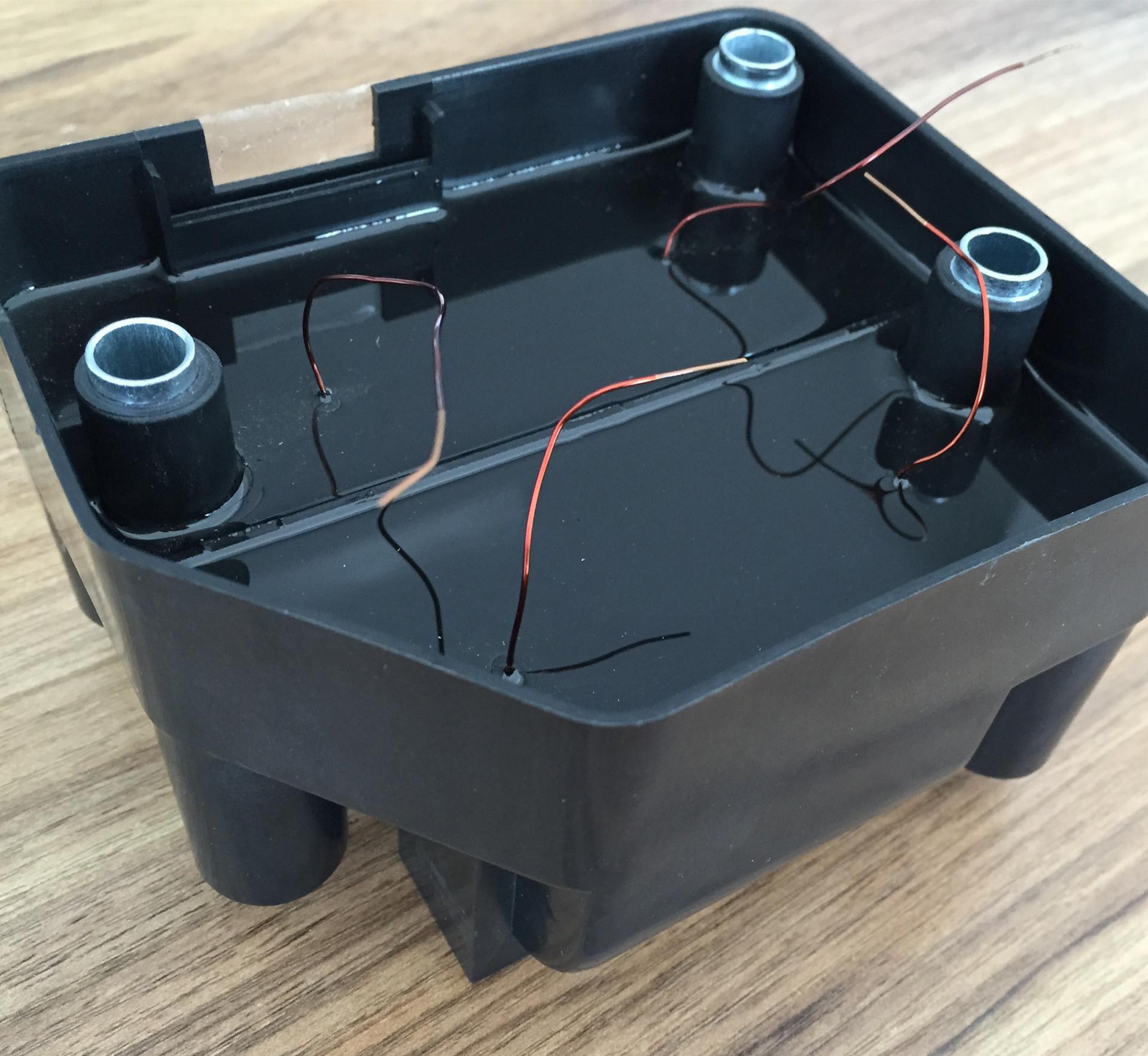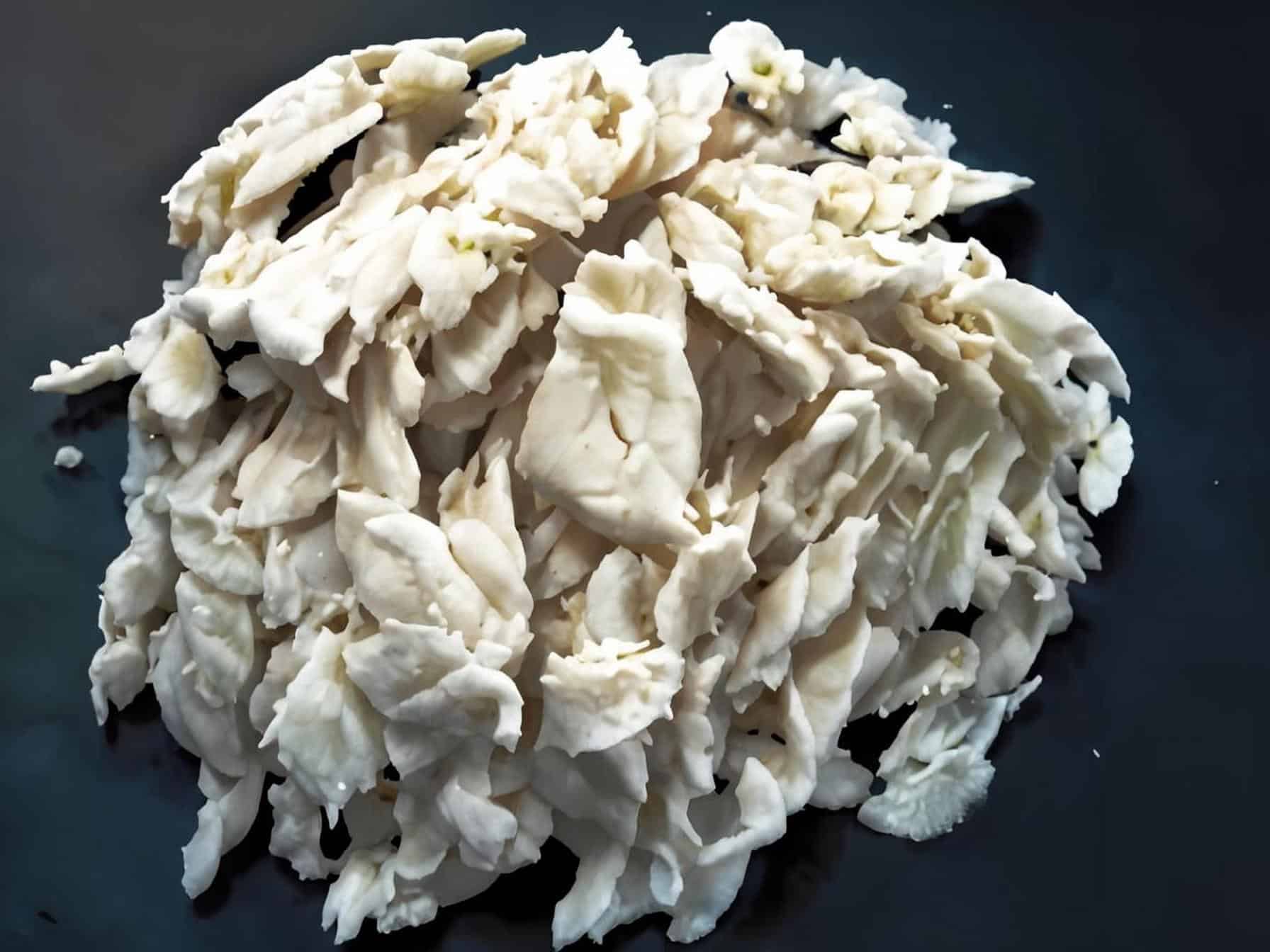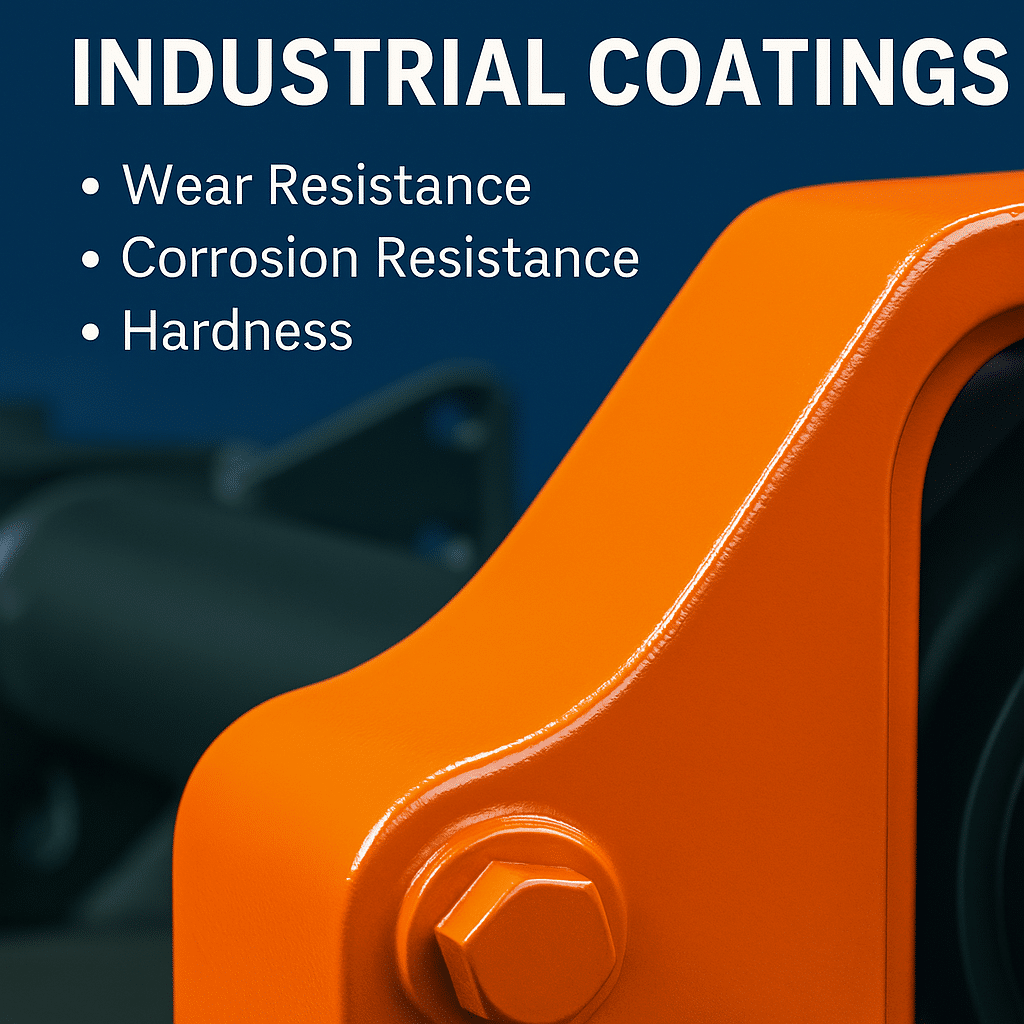Introduction
Epoxy resin/carbon fiber composites are revolutionizing industries like aerospace, automotive manufacturing, and sports equipment. These materials are prized for their high strength, lightweight nature, and exceptional corrosion resistance. While molding is a widely-used process for producing these composites, achieving superior surface quality remains a challenge due to multiple influencing factors. This article explores the key factors affecting the surface quality of epoxy resin/carbon fiber molded products and offers strategies to enhance production efficiency and product aesthetics.

Key Factors Affecting Surface Quality
- Raw Material Selection
Epoxy Resin Characteristics:
- The type of epoxy resin, curing agents, and their ratios significantly impact the final product’s surface quality. Selecting resins with appropriate flow and curing properties ensures a smoother finish and fewer defects like cracks or voids.
Carbon Fiber Properties:
- High-quality carbon fiber with uniform dispersion, optimized strand diameter, and clean surface conditions helps minimize fiber exposure, cracking, and surface imperfections.
- Mold Design and Manufacturing
Mold Material:
- Materials with superior heat resistance, wear resistance, and anti-corrosion properties are essential for maintaining mold integrity during high-temperature molding processes.
Mold Structure:
- A well-designed mold structure prevents stress concentrations and deformation. A smooth, polished mold cavity reduces scratches and indentations on the product’s surface.
- Molding Process Parameters
Temperature Control:
- Inaccurate temperatures can lead to surface defects such as cracks, bubbles, or scorching. Optimal temperature settings ensure proper curing of the resin and improve surface smoothness.
Pressure Optimization:
- Consistent and sufficient pressure facilitates complete resin impregnation of carbon fibers, enhancing surface compactness and appearance. Excessive pressure, however, may cause product deformation.
Molding Time:
- Insufficient molding time results in incomplete curing, leaving sticky or uneven surfaces. Conversely, excessive molding time may lead to over-curing, causing cracks or discoloration.
- Environmental and Operational Factors
- Humidity and Contaminants: Excessive moisture or dust can compromise the curing process and result in surface flaws.
- Operator Skill Level: Proper handling and adherence to best practices are crucial for achieving a flawless finish.
Optimization Strategies for Improved Surface Quality
To produce epoxy resin/carbon fiber molded products with high surface quality:
- Choose Superior Raw Materials: Select epoxy resins and carbon fibers tailored to the application requirements.
- Enhance Mold Design: Prioritize durability, surface smoothness, and stress-free structures in mold development.
- Refine Process Parameters: Implement precise temperature, pressure, and time controls for consistent results.
- Control Environmental Conditions: Maintain a clean and dry production environment.
- Provide Operator Training: Ensure personnel are skilled in handling sensitive materials and processes.
Conclusion
The surface quality of epoxy resin/carbon fiber molded products depends on a combination of raw materials, mold design, process parameters, and external factors. Optimizing these aspects not only enhances the product’s visual appeal but also improves its mechanical properties and durability. With ongoing advancements in materials and molding technologies, epoxy resin/carbon fiber composites are poised for broader applications in industries demanding high-quality, reliable solutions.
For more about YQXPOLMER epoxy resin, please reach us at: sales@yqxpolymer.com, or +86-28-8411-1861.
Some pictures and texts are reproduced from the Internet, and the copyright belongs to the original author. If there is any infringement, please contact us to delete.




